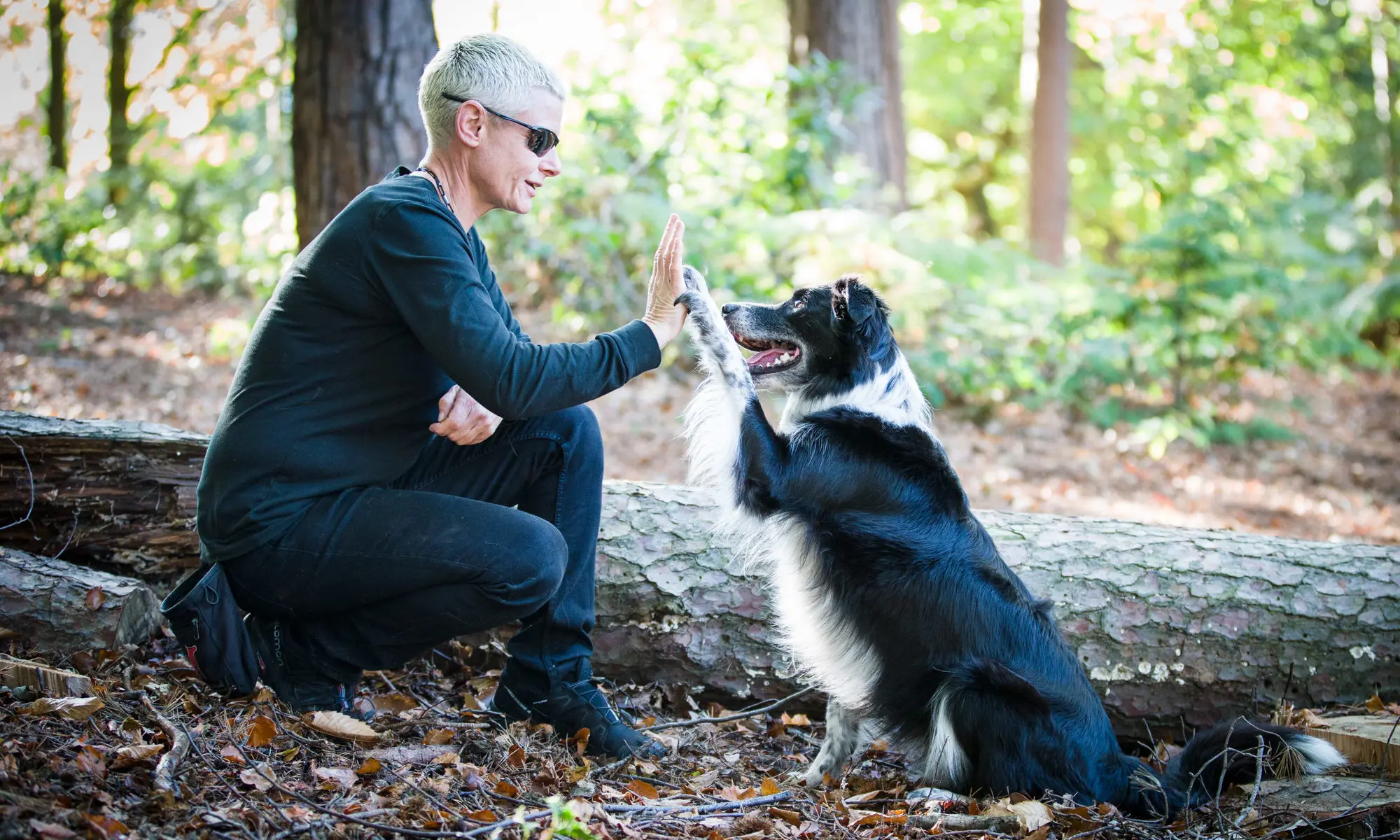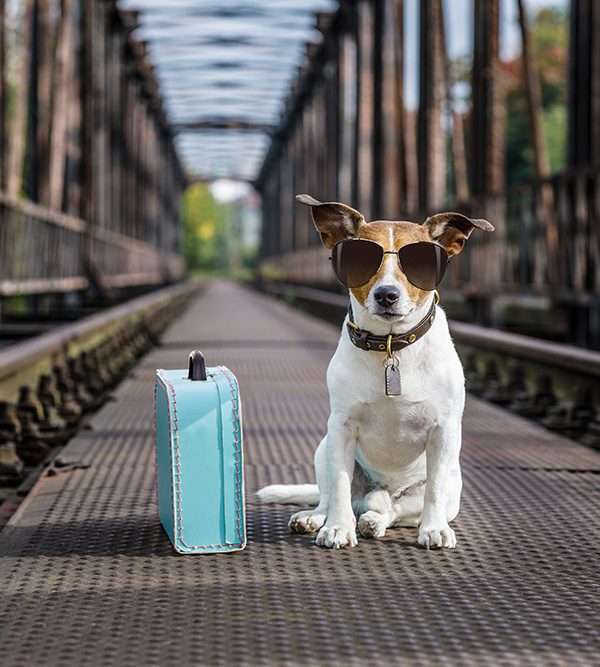Discover techniques to help your pet overcome fear and anxiety, promoting a happier and well-adjusted life for your furry companion.
Helping Your Pet Overcome Fear and Anxiety Techniques for a Happier Pet
Just like humans, pets can experience fear and anxiety. This can be caused by a variety of factors, such as a traumatic experience, a new environment, or even loud noises. While it is normal for pets to feel some anxiety from time to time, if it becomes excessive, it can have a negative impact on their quality of life.
There are a number of things you can do to help your pet overcome fear and anxiety. Here are a few tips:
- Identify the Triggers. The first step in helping your pet overcome fear and anxiety is to identify the triggers that cause these emotions. It could be thunderstorms, fireworks, car rides, or even certain objects or people. Observe your pet’s behavior and note any patterns or reactions that indicate fear or anxiety. This will help you tailor your approach accordingly.
- Create a safe space. This could be a room in your house, a crate, or even a bed. Make sure the space is comfortable and has plenty of familiar items, such as toys and bedding. Your pet should be able to go to this space when they feel anxious or scared.
- Expose your pet to their fears gradually. If your pet is afraid of something, don’t try to force them to face it head-on. Instead, start by exposing them to the fear in a controlled setting. For example, if your pet is afraid of thunderstorms, you could start by playing recordings of thunder at a low volume. Gradually increase the volume and duration of the recordings over time.
- Use positive reinforcement. Positive reinforcement training is a powerful tool to help your pet overcome fear and anxiety. Whenever your pet displays calm behavior in the presence of a trigger, reward them with praise, treats, or their favorite toy. Use a command such as “relax” or “calm” and reinforce it consistently. Over time, your pet will learn to associate being calm with positive rewards and become more resilient in the face of fear or anxiety.
- Counterconditioning. Counterconditioning involves changing your pet’s emotional response to a specific trigger by pairing it with something positive. For example, if your pet is afraid of thunderstorms, play calming music or use a white noise machine during a storm while offering treats or engaging in play. This helps your pet associate the trigger with positive experiences and gradually reduces their fear or anxiety.
- Provide Mental Stimulation. Engaging your pet in mental stimulation activities can help divert their attention from fear or anxiety triggers. Puzzle toys, interactive games, or obedience training sessions can keep their minds occupied and reduce stress levels. Additionally, mental stimulation promotes confidence and can help build resilience in your pet.
- Avoid punishment. Punishment will only make your pet more anxious and afraid. Instead, focus on rewarding your pet for good behavior.
- Seek professional help. If your pet’s fear or anxiety is severe or persists despite your efforts, it may be beneficial to seek professional help from a certified animal behaviorist or veterinarian. They can assess your pet’s specific situation and provide tailored strategies to address the issue effectively. They may also recommend medications or supplements to help manage your pet’s anxiety.
With patience and understanding, you can help your pet overcome fear and anxiety. This will lead to a happier and healthier pet, and a happier and healthier you.

Additional tips
Here are some additional tips to help your pet overcome fear and anxiety:
- Be consistent. It is important to be consistent with your training and exposure therapy. This will help your pet to learn that the fear is not something to be afraid of.
- Be patient. It takes time to overcome fear and anxiety. Don’t get discouraged if your pet doesn’t see results immediately. Just keep working with them and be patient.
- Make it fun. Try to make the training and exposure therapy sessions as fun and enjoyable as possible for your pet. This will help them to associate the fear with positive experiences.
With time and effort, you can help your pet overcome fear and anxiety. This will lead to a happier and healthier pet, and a happier and healthier you.
Conclusion
In conclusion, fear and anxiety can greatly impact the happiness and well-being of our pets. By identifying the triggers, creating a safe space, practicing gradual exposure and desensitization, using counterconditioning techniques, implementing positive reinforcement training, providing mental stimulation, and seeking professional help when needed, you can help your pet overcome fear and anxiety. Remember, patience and consistency are key when working with fearful or anxious pets. With time and the right techniques, you can create a happier and more peaceful life for your beloved pet.











